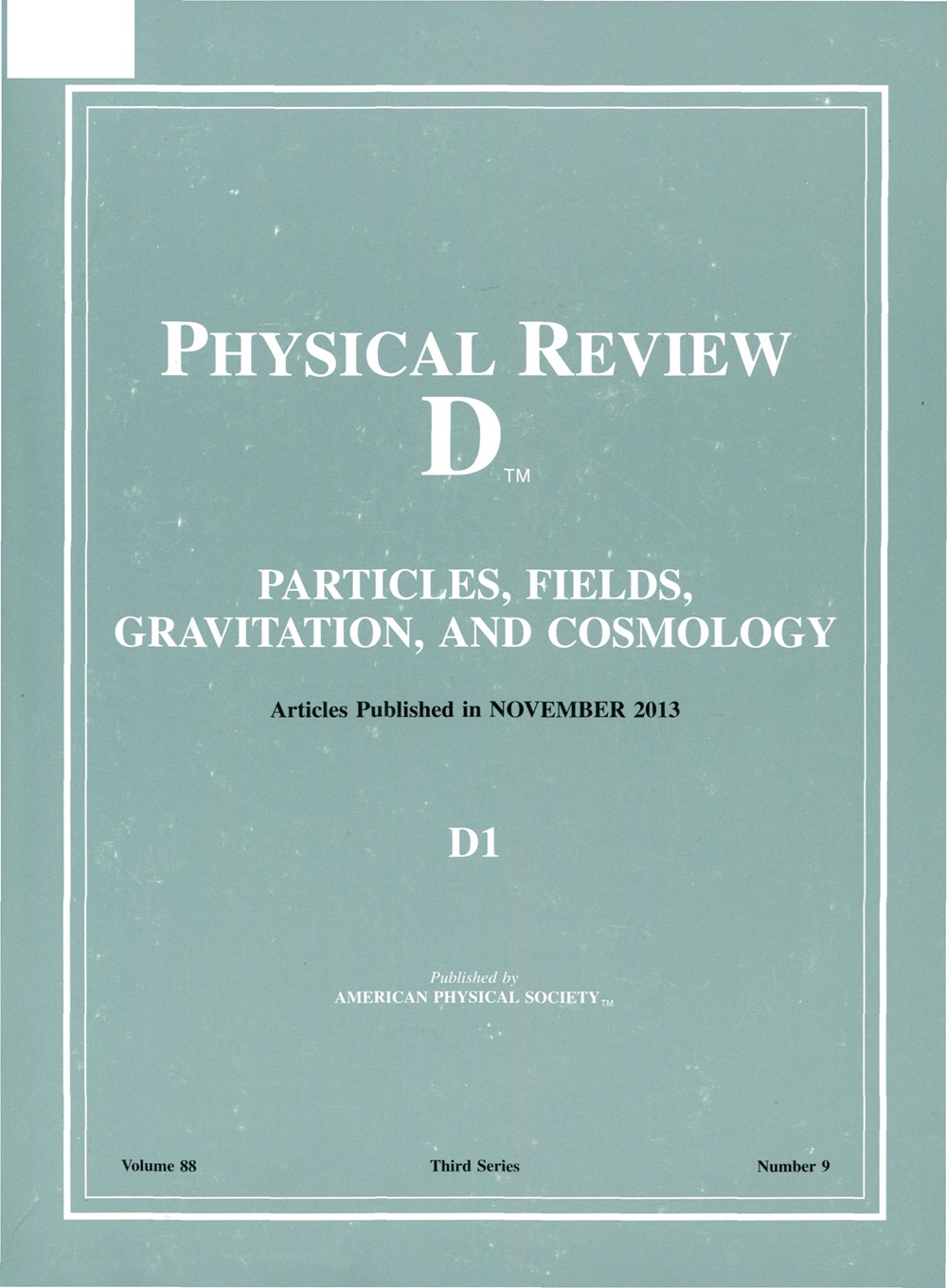表征超轻暗物质的量子特性:开放量子系统方法
IF 5.3
2区 物理与天体物理
Q1 Physics and Astronomy
引用次数: 0
摘要
深入了解暗物质的组成及其与正常物质的相互作用,激发了广泛的实验努力。有几种方法,特别是那些涉及寻找超轻玻色子暗物质(UBDM)场的方法,涉及使用量子系统或在量子力学规定的极限下进行测量。虽然对UBDM及其探测器的经典处理是令人满意的,但完全量子描述将有助于开发未来的探测策略。在这里,我们提出了一种开放的量子系统方法来实现这一点,同时提供了对检测过程本身的量子性质的直觉。此外,我们应用光学相干的量子理论来表征UBDM场的统计特性。通过具有代表性的例子,我们表明这种理论处理对于揭示UBDM场的宇宙学产生机制及其星系合并历史的特征具有重要意义。通过采用量子光学的工具,这项工作将有助于促进从相关测量中提取天体物理相关信息的新方法的创建。2025年由美国物理学会出版本文章由计算机程序翻译,如有差异,请以英文原文为准。
Characterizing the quantum properties of ultralight dark matter: An open quantum systems approach
Obtaining insight into the constituents of dark matter and their interactions with normal matter has inspired a wide range of experimental efforts. Several approaches, particularly those involving searches for ultralight bosonic dark matter (UBDM) fields, involve the use of quantum systems or measurements performed at the limits imposed by quantum mechanics. While a classical treatment of UBDM and its detectors is satisfactory, a fully quantum description would assist in developing future detection strategies. Here, we present an open quantum systems approach that accomplishes this while providing intuition into the quantum nature of the detection process itself. Furthermore, we apply the quantum theory of optical coherence to characterize the statistical properties of the UBDM field. Using representative examples, we show that this theoretical treatment has implications in uncovering signatures of the cosmological production mechanism of the UBDM field and its galactic merger history. By adapting tools from quantum optics, this work will help facilitate the creation of novel methods to extract astrophysically relevant information from correlation measurements. Published by the American Physical Society 2025
求助全文
通过发布文献求助,成功后即可免费获取论文全文。
去求助
来源期刊

Physical Review D
物理-天文与天体物理
CiteScore
9.20
自引率
36.00%
发文量
0
审稿时长
2 months
期刊介绍:
Physical Review D (PRD) is a leading journal in elementary particle physics, field theory, gravitation, and cosmology and is one of the top-cited journals in high-energy physics.
PRD covers experimental and theoretical results in all aspects of particle physics, field theory, gravitation and cosmology, including:
Particle physics experiments,
Electroweak interactions,
Strong interactions,
Lattice field theories, lattice QCD,
Beyond the standard model physics,
Phenomenological aspects of field theory, general methods,
Gravity, cosmology, cosmic rays,
Astrophysics and astroparticle physics,
General relativity,
Formal aspects of field theory, field theory in curved space,
String theory, quantum gravity, gauge/gravity duality.
 求助内容:
求助内容: 应助结果提醒方式:
应助结果提醒方式:


